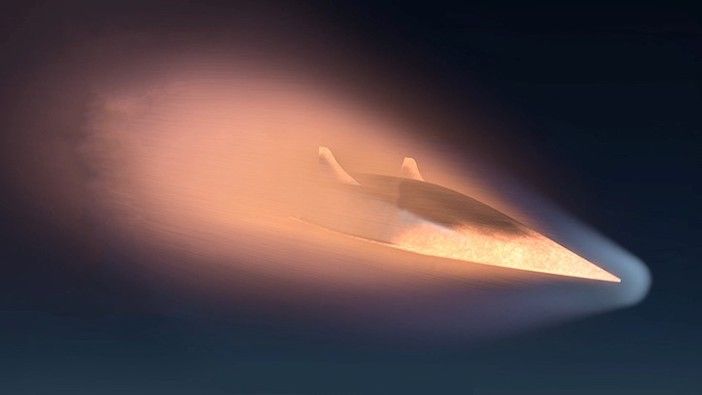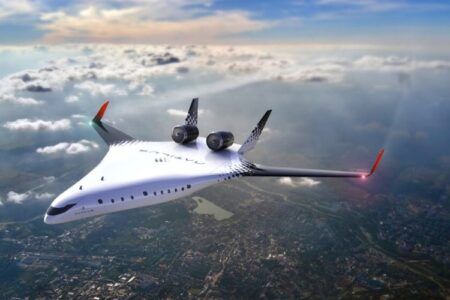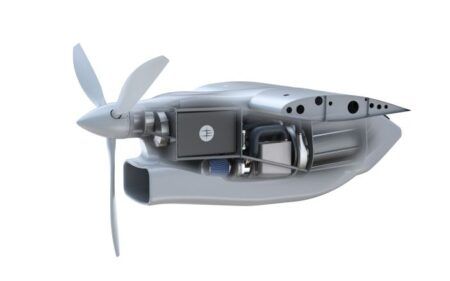The US Air Force has successfully conducted a hypersonic flight test of its AGM-183A Air-launched Rapid Response Weapon, the ARRW from a B-52H Stratofortress.
ARRW, pronounced “arrow”, is an air-to-ground prototype missile the US Air Force is developing with Lockheed Martin that is based on the Tactical Boost Glide system, work on which began in 2015.
The missile is a hypersonic glide vehicle, meaning it is launched from a rocket and glides to its target at hypersonic speeds. Hypersonic cruise missiles are boosted to their top speed and then powered by air-breathing engines, also known as scramjets, to sustain that speed.
AARW will be capable of travelling at average speeds of between Mach 6.5 and Mach 8 and will have a range of approximately 1,000 miles (1,600km).
The successful flight demonstrated the weapon’s ability to reach and withstand operational hypersonic speeds, collected crucial data for use in further flight tests, and validated safe separation from the aircraft to deliver the glide body and warhead to designated targets from significant standoff distances, said the US Air Force.
Additional booster and “all-up-round” test flights, a complete end-to-end launch and strike, will continue this year. The program aims to reach Early Operational Capability next year.
Dave Berganini, vice president of hypersonic and strike systems at Lockheed Martin Missiles and Fire Control said, “The need for hypersonic strike capabilities is critical to our nation and this successful test will help us to maintain an accelerated and rigorous timeline.
“Our strong partnership with the US Air Force has allowed us to quickly progress hypersonic technologies for our men and women in uniform.”
Marya Bard, US Air Force ARRW program director said, “The ARRW rapid prototyping program used Section 804 authorities provided by Congress to significantly accelerate the development and test of this system, without sacrificing engineering rigor.
“The tightly integrated Lockheed Martin and government team achieved speed with discipline by focusing on a common vision of providing combatant commanders a survivable rapid response strike capability as early as possible.”
Hypersonic weapons provide a rapid response, time critical capability to overcome distance in contested environments using high speed, altitude and maneuverability.
According to Lockheed Martin, hypersonic technology has continued to present several complex engineering challenges. Innovative materials, sensors and electronics need to withstand extreme levels of heat and speed.
Systems must also be able to maintain consistent communication connections, and be capable of performing precise maneuvers to overcome a wide range of advanced defense systems and extreme contested environments.





